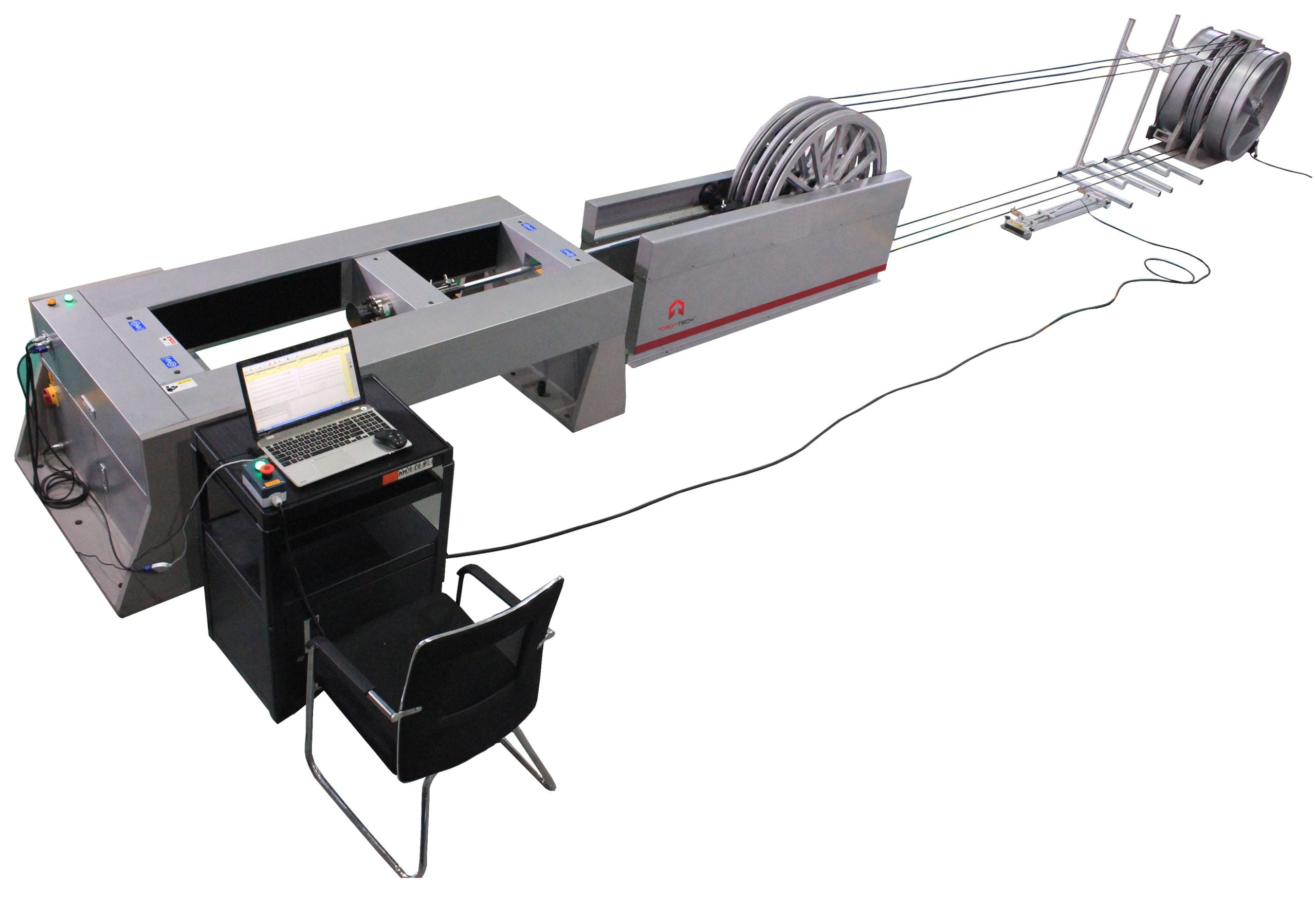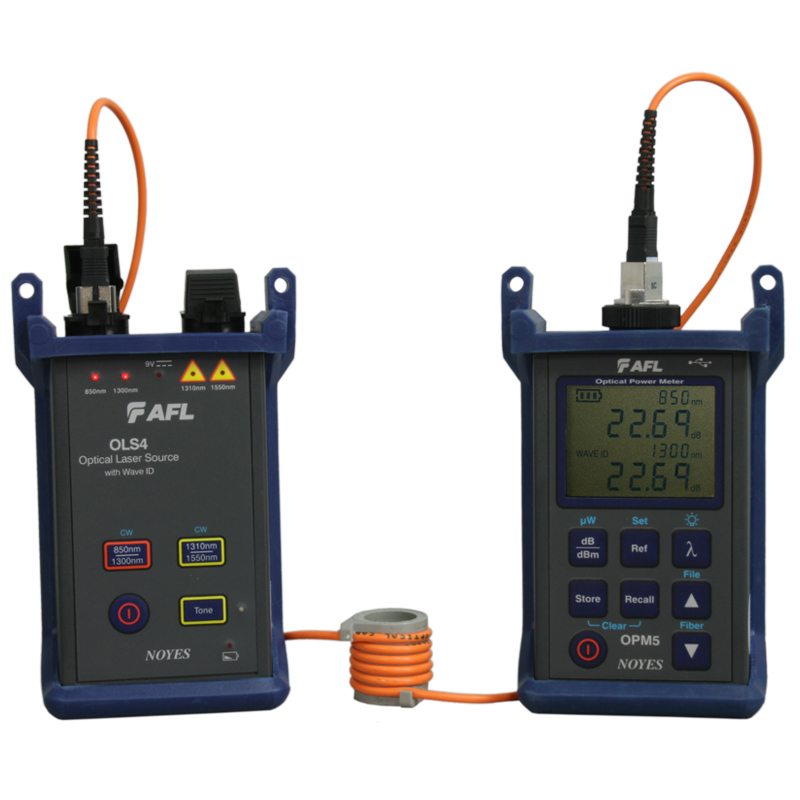Boost efficiency with modern robotic vision systems.
Wiki Article
Discover the Importance of Optical Fiber Screening in Modern Telecom
In the world of contemporary telecoms, the significance of optical fiber testing can not be overstated, as it offers as the foundation for ensuring network reliability and performance. By executing routine screening protocols, drivers can preemptively identify possible problems such as signal degradation, hence securing against disturbances that might prove expensive. Advanced techniques like Optical Time-Domain Reflectometry play a critical function in this process, yet many may neglect the wider ramifications of these practices. What are the particular benefits that routine screening offers, and just how might it form the future landscape of telecommunications?
Comprehending Optical Fibre Testing
Optical fibre screening is an essential procedure in telecommunications that ensures the honesty and performance of fiber optic networks. This screening incorporates a variety of procedures developed to examine the physical and functional features of optical fibers - ofda. Key specifications examined include optical power loss, bandwidth capability, and mistake location, which are crucial for preserving premium communication linksThe testing process generally entails using customized tools such as Optical Time-Domain Reflectometers (OTDR) and Optical Power Meters. OTDRs are utilized to identify and characterize mistakes, splices, and ports within the fibre, while power meters measure the transmitted light signal stamina to determine performance.
In addition, screening is carried out at different phases, consisting of throughout installation, maintenance, and troubleshooting, to guarantee that the network meets market criteria and functional requirements. Compliance with criteria established by companies like the International Telecommunication Union (ITU) and the Telecommunications Market Association (TIA) is vital.
Benefits of Regular Evaluating
Routine screening of optical fibres returns countless benefits that significantly improve network dependability and efficiency. Among the key advantages is the early detection of possible concerns, such as breaks or deterioration in the fiber, which can lead to expensive downtime if left unaddressed (fibre testing equipment). By recognizing these issues proactively, telecommunications service providers can decrease solution disturbances and make certain constant connectivity for their consumersFurthermore, regular screening aids to maintain the integrity of signal high quality. As optical fibers age, their performance can be impacted by variables such as ecological conditions and physical anxiety. Routine assessments enable the surveillance of signal loss and general transmission efficiency, guaranteeing that the network operates at ideal levels.
An additional considerable benefit is conformity with industry criteria. Routine testing supports adherence to governing demands, thus alleviating lawful and monetary risks connected with non-compliance. Moreover, it boosts the general lifespan of the fiber infrastructure by promoting timely repair and maintenance.

Common Examining Approaches
Evaluating optical fibres utilizes numerous techniques to make certain the stability and performance of telecoms networks. Amongst one of the most common methods is Optical Time Domain Reflectometry (OTDR), which assesses the entire length of the fiber by sending out a pulse of light and measuring the representations brought on by blemishes or breaks. This technique supplies comprehensive info about the location and extent of mistakes.Another prevalent method is using Optical Power Meters, which gauge the quantity of light transferred via the fiber. This strategy aids figure out the loss of signal stamina, making certain that it satisfies market requirements. Furthermore, Aesthetic Fault Locators (VFL) are employed to recognize breaks or serious bends in the fiber by forecasting a noticeable laser light right into the cable.
Insertion loss screening is also essential, as it quantifies the loss of signal power resulting from links and splices within the network. Moreover, making use of Polarization optical fibre testing equipment Setting Diffusion (PMD) testing assesses the impact of fiber features on signal honesty.
Each of these approaches plays an essential function in maintaining the efficiency and dependability of optical fibre networks, inevitably adding to seamless telecommunications procedures.
Influence on Network Efficiency
The integrity and efficiency of optical fiber networks straight affect total network efficiency. In contemporary telecoms, the performance of data transmission relies heavily on the high quality of the optical fibres made use of. Any kind of destruction in the fibre's problem-- whether because of physical damages, contamination, or excessive flexing-- can result in raised attenuation and signal loss, considerably affecting information stability and rate.Normal optical fiber testing is necessary to identify and rectify potential concerns before they manifest as network failures or stagnations. Techniques such as Optical Time Domain Name Reflectometry (OTDR) and insertion loss screening make it possible for service technicians to determine the efficiency of fibre links accurately. These tests not only evaluate the physical condition of the fibres yet also guarantee compliance with industry requirements, thus safeguarding the network's dependability.
Moreover, a properly maintained optical fiber network adds to minimized functional costs and boosted consumer complete satisfaction, as end-users experience less interruptions and greater data rates. Inevitably, the emphasis on extensive optical fiber testing practices offers as a foundation for sustaining robust telecoms facilities, ensuring that company can satisfy the expanding needs for transmission capacity and connection in today's electronic age.
Future Trends in Examining
As we look in advance, advancements in technology are poised to reshape optical fiber screening in telecommunications. The rise of automation and expert system (AI) is expected to improve the performance and precision of testing processes. Automated screening systems can perform thorough analyses with minimal human treatment, significantly reducing the potential for mistakes and speeding up time-to-deployment.In addition, the assimilation of artificial intelligence formulas will enable anticipating maintenance, allowing network suppliers to predict possible concerns before they intensify right into failures. This proactive strategy not just boosts network integrity yet likewise optimizes operational prices.
An additional arising pattern is the growth of mobile testing devices that use real-time analysis - optical fibre diameter analyser. These gadgets will equip specialists to perform on-site diagnostics rapidly, assisting in quicker resolutions and boosting service quality
The expansion of 5G networks further requires the development of screening methodologies. As transmission capacity demands boost, conventional screening techniques might no much longer are sufficient. Ingenious remedies such as optical time-domain reflectometry (OTDR) and advanced spooky analysis will certainly become vital in making sure the stability and efficiency of high-speed links.

Final Thought
In final thought, optical fiber testing is crucial for ensuring the stability and integrity of modern telecoms networks. Normal screening practices not only aid identify potential concerns such as signal loss and mistakes however likewise add to improved network performance and consumer complete satisfaction. As the demand for smooth connectivity remains to expand, the fostering of sophisticated screening approaches will certainly play an important duty in keeping top quality network standards and sustaining the progressing landscape of telecommunications.Report this wiki page